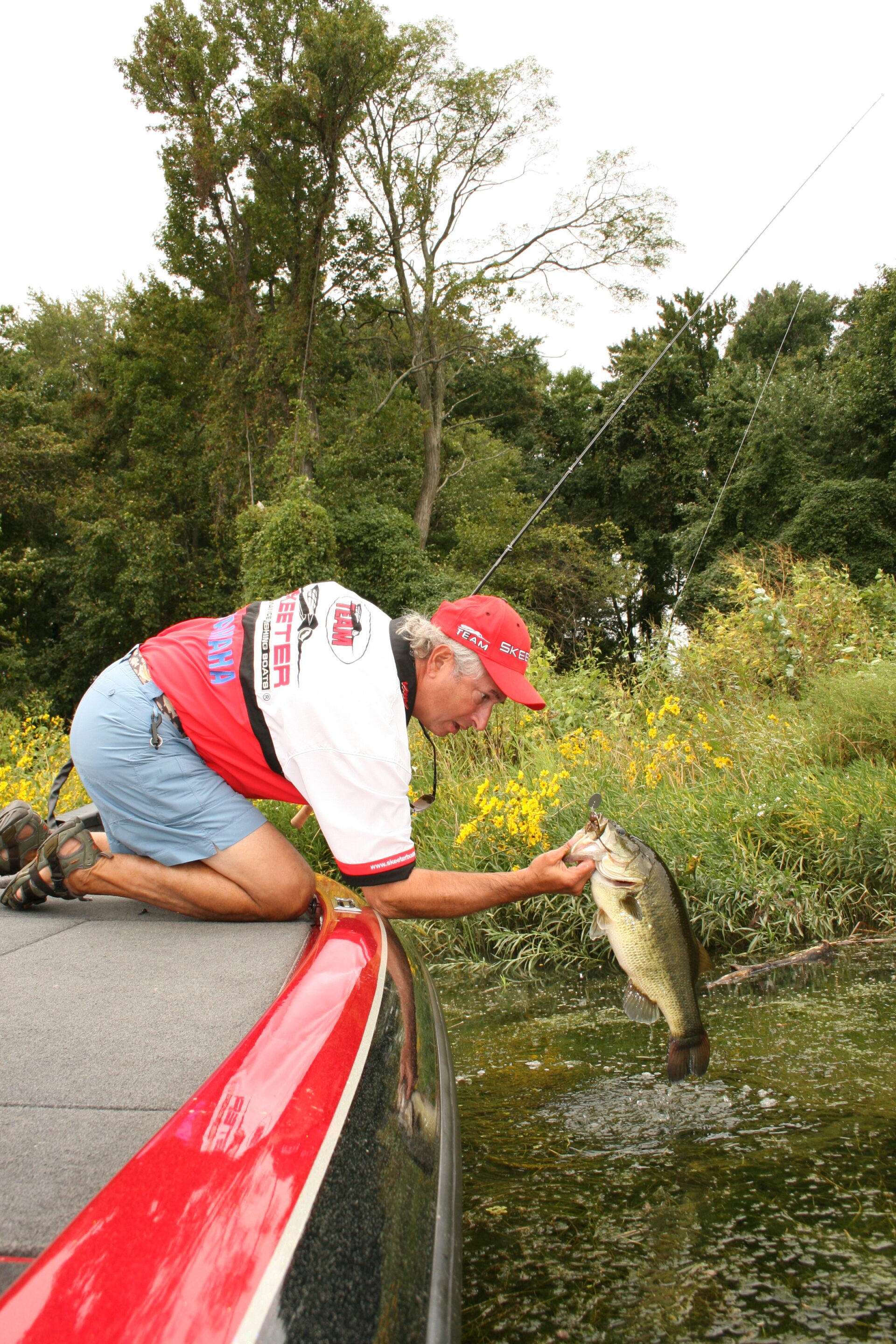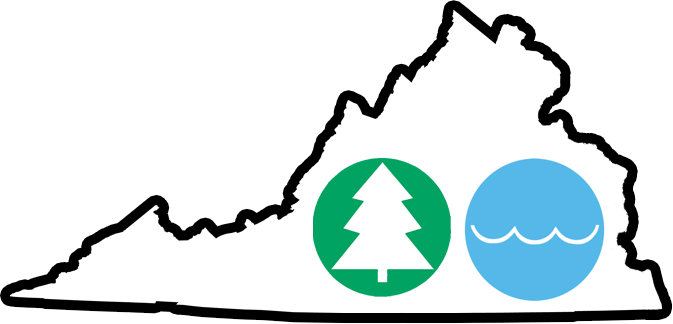When facing staff and program cuts due to budgeting issues, Maryland’s Department of Natural Resources (DNR) has chosen to increase fishing license fees as inflation has also been driving up costs.
This is the first increase in 20 years while expenses associated with maintaining fish populations and resources have risen 56% for nontidal fishing. The trout stamp price has remained the same for 33 years. In that time, the cost of providing trout-related programs has increased by 129%.
The process to raise fishing fees took a few years and with input from the Black Bass Advisory Committee (BBAC), an increase has gone into effect June 1.
When considering increasing non-tidal fees, many factors were evaluated. The one that really stuck out were fees in adjacent states. West Virginia, Delaware, Pennsylvania, and Virginia were all substantially higher than Maryland, especially for out of state anglers. These states increase fees every few years.
DNR spends money on monitoring, managing, stocking, and promoting access to freshwater species. License purchase revenue accounts for 65% of the division’s funding. A federal excise tax on fishing equipment contributes 30% and general state tax revenue accounts for 5% of Maryland’s funds for nontidal fishing. License fees support nontidal fishing such as trout stocking and fish population assessments.
The BBAC recognized shortfalls in the Department’s stocking programs as they release three-inch hatchery raised bass across the state. Small bass, if they survive, take a long time to reach spawning size.
The BBAC backed a Black Bass Conservation Fund to allow the public to directly donate money to largemouth bass and smallmouth bass management in Maryland. Donations collected when licenses are purchased will be used specifically to support largemouth bass and smallmouth bass conservation in Maryland.
Conservation efforts include enhancing aquatic habitat, supplies awarded to directors of black bass tournaments or similar efforts. The Department’s first purchase was a bead filter that allows more production from existing hatcheries, with the potential to stock up to 5,000 six- to eight-inch largemouth bass per year throughout the state. Bead filters can pay for themselves in the first year, compared to purchasing fish.
Funding for MD DNR is split between tidal and non-tidal. Unfortunately, the freshwater fishery programs only receive funding from freshwater licenses, not a penny from tidal fishing licenses.
The Upper Chesapeake Bay and Tidal Potomac River host many bass tournaments. Most anglers purchase out of state tidal licenses. This was pointed out by the BBAC, and members encouraged the Department to go after a portion of the tidal fishing licenses since bass tournaments generate a huge amount of license sales.
It sounded like that would be an uphill battle when the Department seeks increases in tidal fees.
Otherwise, a large portion of the Department’s budget continues to rely on license fees and the Federal Excise tax. Neither would have been sufficient to fund existing staffing and programs.
License fees were the low hanging fruit and most obvious source of revenue to keep up with inflation and existing levels of conservation efforts and angler programs.



